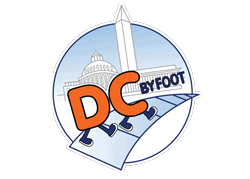This post is about how to visit and take a tour of the FBI Experience at the FBI Headquarters in Washington, DC.
We include tips on how to plan your visit, and what you will see.
- How to Book a Tour
- Security
- Getting Here
- FBI Experience Museum
- About the Building
- Things to Do in DC

Can I Tour the FBI Building Headquarters?
The FBI building is technically closed to the public. However, with advance planning and help from your Congressperson, you can still tour the FBI Education Center.
Originally created as a way to introduce new employees and other government officials to the workings of the FBI, in 2014, it was opened to the public.
Like arranging a visit to the White House, you must go through your Congressperson. The tours can be scheduled for business days 9 am - 3 pm. The building is closed on federal holidays.
(You can find out who you Member of Congress is here).
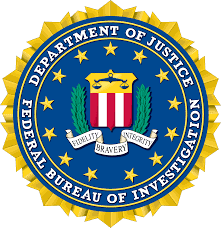
This must be done no less than four weeks in advance. All applicants for a tour of the FBI Education Center will be vetted and subject to a background check. You will need to provide your:
- name
- date of birth
- social security number
For groups of 20 or more, you can submit a request directly here. Don't try to request a tour with this link if you have less than 20 people, as it will be ignored.
FBI Tours are open to US citizens and green card holders only.
If you are cleared to enter the FBI Building, you will be notified two weeks prior to your confirmed date.
If you are granted a tour, plan on 2 hours for the tour itself and arriving 15 minutes early. The tours operate on weekdays during normal business hours.
SECURITY AT THE FBI HEADQUARTERS
There is no storage at the FBI Headquarters. If you're looking for bag storage before your tour, check out our post on luggage storage in DC.
The following items are strictly prohibited and may not be brought into FBI Headquarters:
- Backpacks, diaper bags, fanny packs, briefcases, luggage, computer and camera bags, or bags and purses larger than a clutch
- Point-and-shoot cameras, SLR cameras, or video recorders; cell phone cameras are permitted but must be on airplane mode during the visit.
- Strollers
- Food, beverages, tobacco products, personal grooming items (e.g. makeup, lotion, etc.)
- Any pointed objects
- Aerosol containers
- Guns, ammunition, fireworks, electric stun guns, mace, martial arts weapons/devices, or any knives.
Can you take photos on the FBI Tour?
Yes! You may take photos inside the FBI Experience exhibit only. You will not be able to take photographs at all in the screening process
HOW TO GET HERE
Conveniently located downtown Washington, DC (map), it is very easy to get to the FBI Building.
Metro: The FBI Building is about a five-minute walk from four different Metro stations. Read our guide on how to use the DC Metro (subway).
- Federal Triangle: Blue/Orange/Silver
- Archives/Navy Memorial: Yellow/Green
- Chinatown: Red/Yellow/Green
- Metro Center: Blue/Orange/Silver

It is also on Pennsylvania Ave NW, and a direct walk from the White House or the US Capitol Building, an easy walk from the Smithsonian Museums on the National Mall, and you can see it from Ford's Theatre.
Parking: You will find street parking in the area surrounding the FBI Building, just not directly in front of the building. If you need a parking garage, the closest is on 10th St NW between E and F Streets NW, just next to Ford's Theatre.
We recommend booking convenient and affordable parking in advance through SpotHero, the nation’s leading parking reservation app.
To reserve your parking spot, visit the SpotHero Parking Page and book a spot with rates up to 50% off drive-up.
New to SpotHero? Click here to download the SpotHero app.
The FBI Experience Museum

Once through security, an escort takes you to another secure area, across the courtyard (they have workout equipment, an outdoor running track, tables, etc.) and into the FBI Experience Museum.
Your escort gives you an intro but then the museum is self-guided.
Visitor services reps are stationed throughout to answer questions - all are FBI or former FBI agents or employees and are very knowledgeable.
Some of the highlights of the tour are:
In the exhibit on surveillance, find the hidden camera in the painting - it’s the period in the signature!
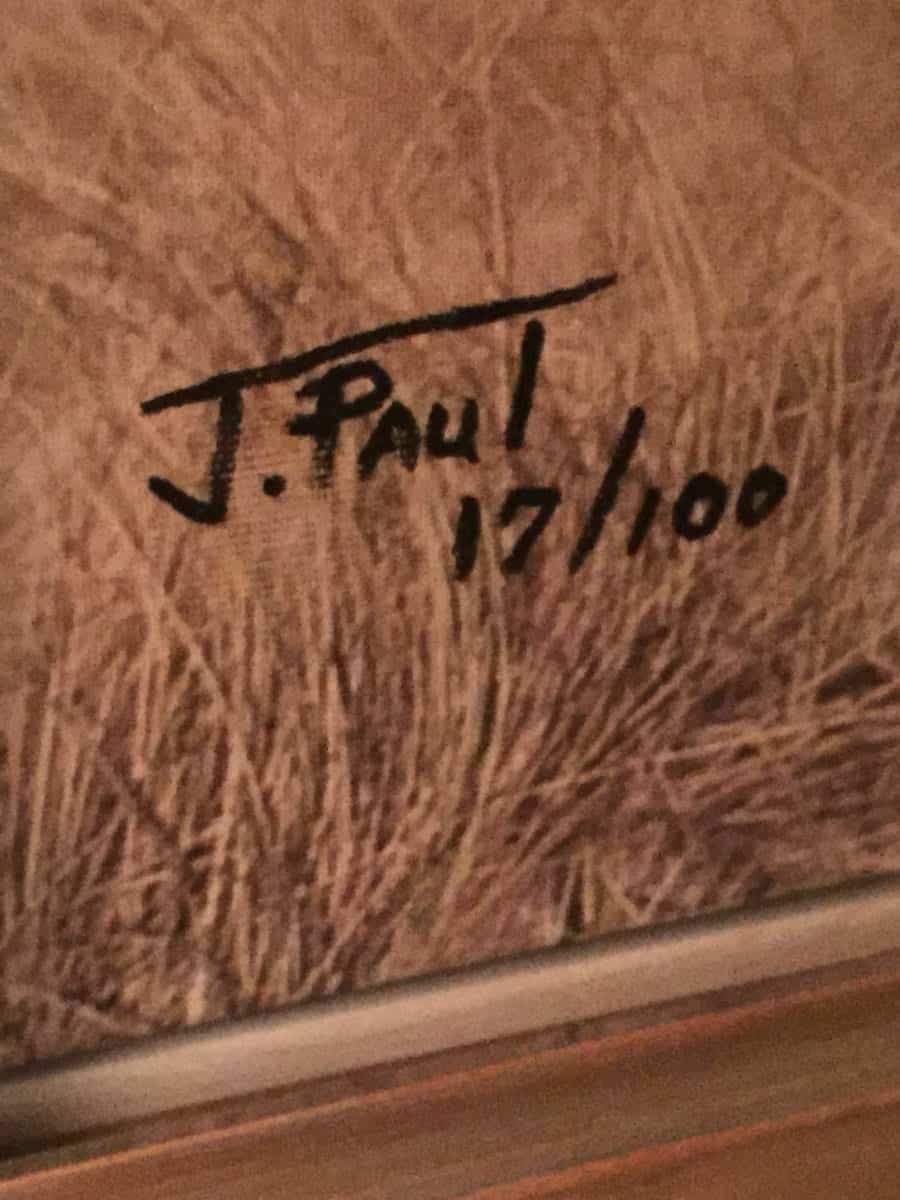
You can check out the desk of infamous FBI Director J. Edgar Hoover, who the headquarters building is named for.
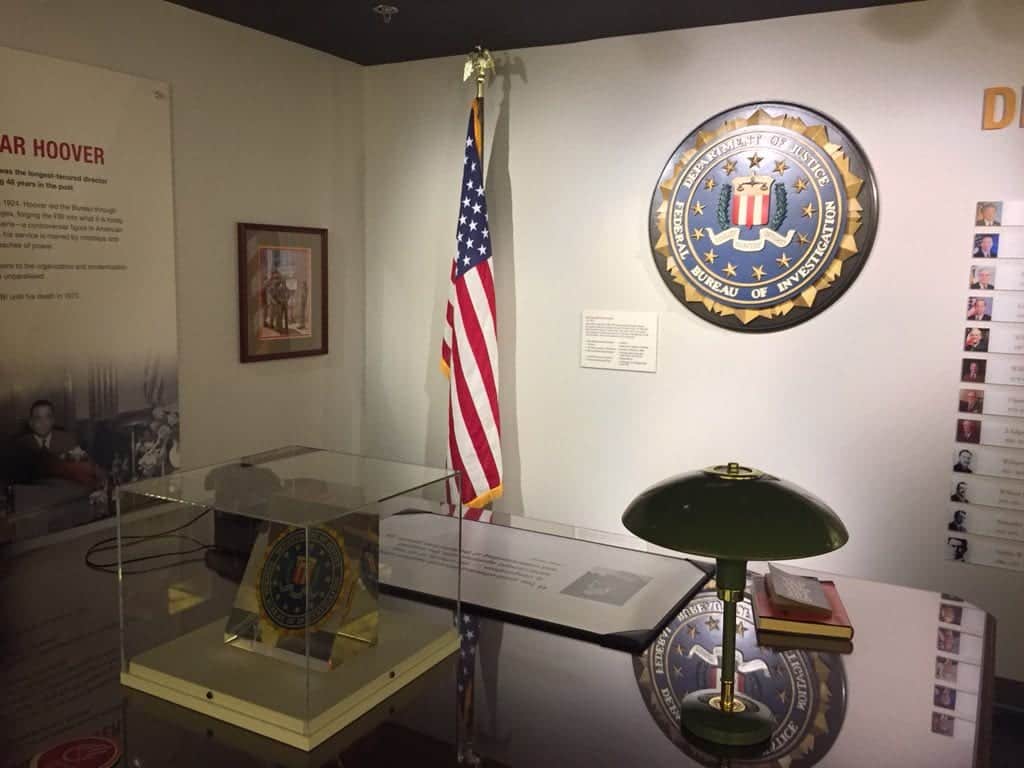
There are also some artifacts on display that take your breath away, like this case with ephemera collected from the World Trade Center on 9/11.
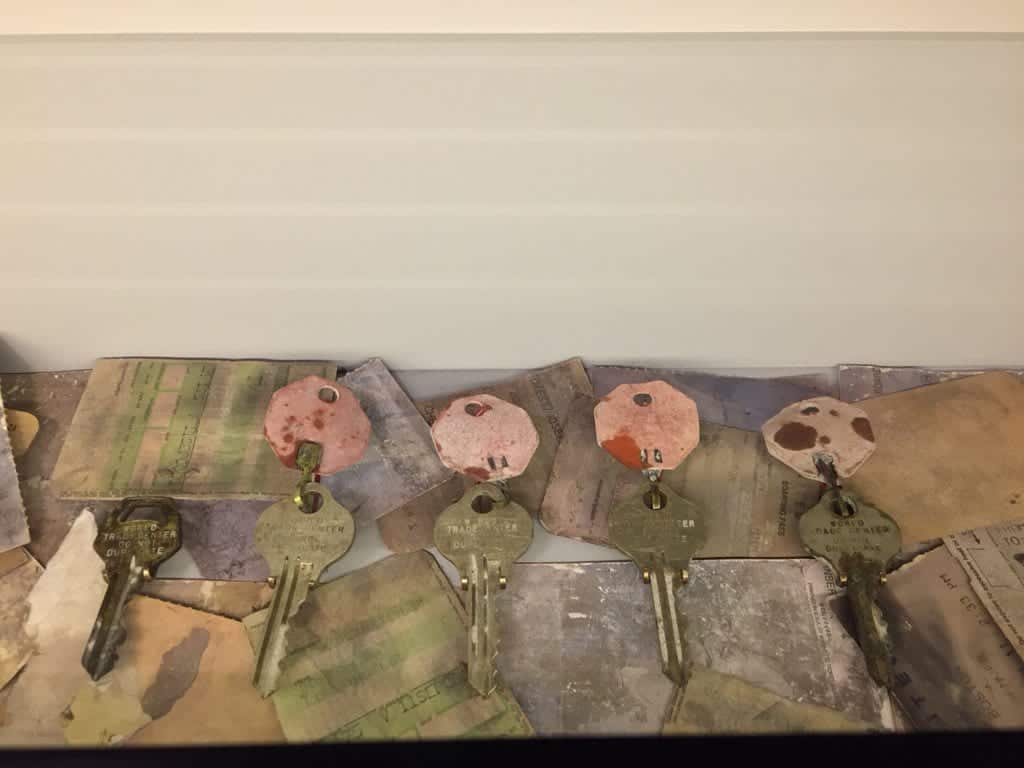
The J. Edgar Hoover FBI Headquarters
The FBI moved into this building in 1975 from the Department of Justice building across the street.
It was immediately criticized and remains unloved by most to this day. In fact, the FBI will be moving soon - the building has reached the end of its lifespan.
It is not yet public knowledge where the FBI Headquarters will relocate or what will happen to this building or plot of land.
The FBI wanted a building that was bomb-proof for the first few levels and had secured access points throughout.
The design firm of Murphy & Associates were hired to design the structure.
The building includes theaters, classrooms, auditoriums and three levels below ground, as well as:
- An automobile repair shop
- A two-story basketball court
- Cryptographic vault
- Developing laboratories for both still photography and motion pictures
- Exercise rooms
- A film library
- A firing range
- 80,000 square feet (7,400 m2) of laboratory space
- A medical clinic
- Morgue
- A printing plant
- A test pattern and ballistics range
Despite its immense size, not all of the FBI's holdings are kept inside the Hoover Building in downtown Washington DC.
The FBI Laboratory is located in Quantico, Virginia at Marine Base Quantico. It is one of the largest crime labs in the world.
FBI Building Flags
As you walk along the Pennsylvania Ave side of the building, you'll notice many American flags along the FBI Building.
Look closely, they are each different. Starting at 10th St NW, you'll notice 10 different flags flanked by our current 50-star flag.

- The Flag of 1777, which had no official arrangement for the 13 stars. It was flown by John Paul Jones on the USS Ranger and was the first American flag to be recognized by a foreign power.
- The Betsy Ross Flag, 13 stars, designed by George Washington, Betsy Ross, and Francis Hopkinson. Although rarely used, it was adopted by Congress on June 14, 1777--the official date of today's Flag Day.
- The Bennington Flag, 13 six-pointed stars, allegedly flown August 16, 1777, over military stores at the Battle of Bennington, Vermont, when the Vermont militia beat back a superior British force.
- The Star Spangled Banner, 15 stars and 15 stripes, immortalized by Francis Scott Key in our National Anthem during the bombardment of Ft. McHenry, Maryland, in September 13, 1814.
- The Flag of 1818, 20 stars, commissioned by a Congressional Flag Act that returned the design to 13 stripes and stipulated that stars be added for each new state.
- The Great Star Flag, 20 stars, designed by Captain Samuel Chester Reid, U.S. Navy, at the request of New York Congressman Peter Wendover and flown over the U.S. Capitol on April 13, 1818.
- The Lincoln Flag, 34 stars, raised by President Lincoln on February 22, 1861, over Philadelphia's Independence Hall to send a message to Southern states, which were preparing to secede from the Union.
- The Iwo Jima Flag, 48 stars, which was commissioned in 1912 but came to symbolize our Nation on February 19, 1945, when U.S. Marines raised it on Mount Suribachi after fearful fighting in World War II's Pacific campaign.
- The 49-Star Flag, commissioned in 1959 when Alaska achieved full Statehood. It flew for only one year, until July 4, 1960, after Hawaii achieved its Statehood and when today's 50-star flag became official.
Related Content:
- How to Get Tickets to the Washington Monument
- How to Get Tickets to the Holocaust Museum
- How to Visit the White House on a Public Tour
- Can I tour the Pentagon?
- Free Tours by Foot
Check out our DC Tourism Guide, with budget advice, travel guides, and information about local Washington DC attractions, including Free Things to Do in DC.
